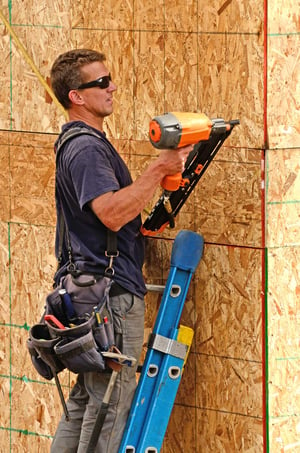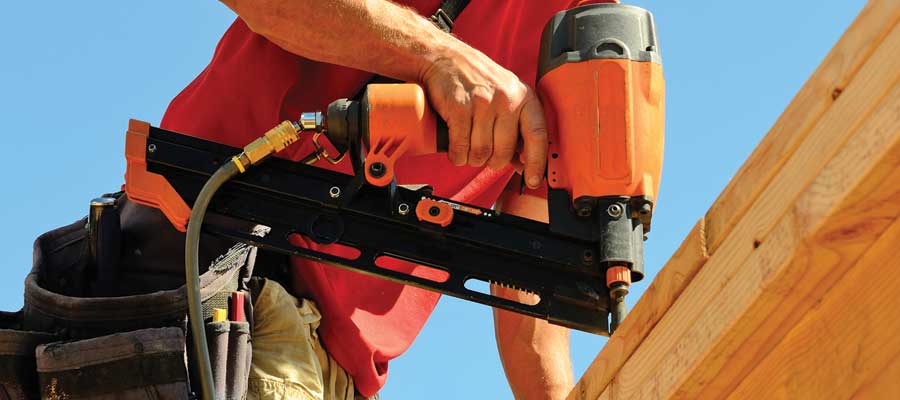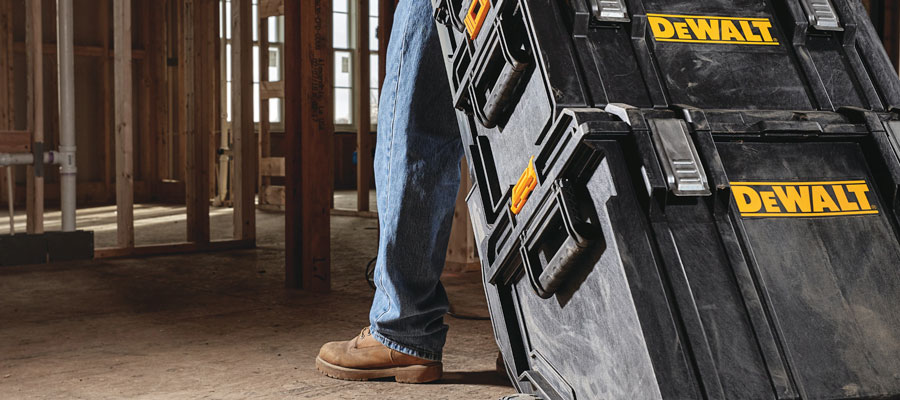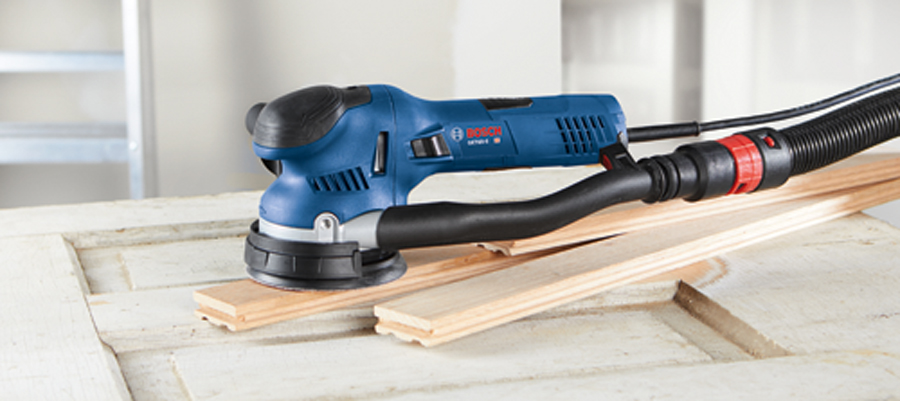In any tool argument, there are always different sides based on the user's individual needs and preferences. But which is the best approach to framing nailers: gas, air or battery? It's a tough call and one that isn't easy to decide. We've taken the time to look at each option and look at the benefits and drawbacks of each framing nailer type for your convenience. We'll take a solid look at the costs, portability, nuisance issues and other requirements to provide you with a comprehensive overview of each type of framing nailer. Which one works best for your situation? Let's take a look at the facts below.

Gas-Based Framing Nailers

If you need a powerful framing nailer that has the convenience of not being tied to a particular location or piece of machinery, a gas-based framing nailer may be an excellent option to consider. It gives you the power and reliability of an air nailer while providing you with the freedom of a battery-based unit. However, a gas-based framing nailer will require more maintenance to take care of carbon build up. Because of the cost of gas canisters, it's best for smaller projects, such as a wall or porch, not an entire structure, which would be too costly to be effective in the long run.
Air-Based Framing Nailers
Air-based framing nailers tend to be light, reliable, cost effective and efficient, providing adjustability with a simple turn of the knob on your air compressor. That being said, you must have an air compressor and a power source to be able to operate this type of framing nailer. You also have to remain within a particular distance of the air compressor as you'll be limited by the length of your air hose. Air compressors can also be loud when they're running, making them potential problematic if people in the area consider that to be a nuisance. However, their overall efficiency makes them a top choice for framing nailers.
Battery-Based Framing Nailers
A battery-based solution for a framing nailer gives you the convenience of a cordless option that isn't tied to a specific location or piece of equipment and without the higher maintenance of gas-based framing nailers. However, the trade off is that the battery-based framing nailer delivers less power, making it more suitable for smaller projects such as trim work, renovations and similar tasks. It also requires power to recharge the batteries, so it's not the best option in more remote areas or unpowered work sites, unless you're willing to charge the batteries using vehicle power or other alternative methods of charging. This type of framing nailer tends to fall in the middle of the road in terms of cost, delivering a more cost effective but less powerful frame nailer overall.
There are benefits and drawbacks to each type of framing nailer, but only you can decide the best possible framing nailer for your situation and project. But whichever option you go with, Star Sales is here to help you with all your building needs. If you have any questions about these nailer types or need additional information to make an informed decision, we can help. Please feel free to contact us today to be connected with one of our experienced, knowledgeable associates with any questions whatsoever.







